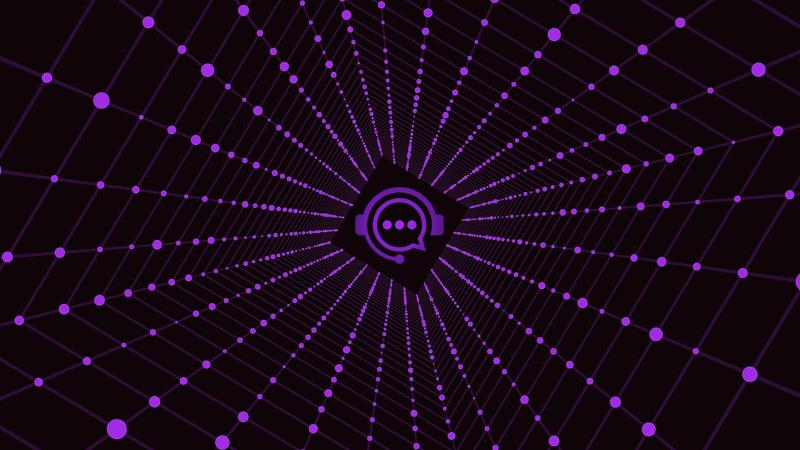Asynchronous messaging
What is asynchronous messaging?
Commonly used in contact centers for customer care, asynchronous messaging is a flexible two-way communication method in which the client and agent do not need to be present or engaged simultaneously in the interaction. As a result, customers can start, pause and resume conversations at their convenience, accommodating different time zones and availability. When an agent replies, the customer is notified and can resume the conversation at their discretion.
How does asynchronous messaging differ from synchronous messaging?
Synchronous messaging takes place in real time and has a clearly defined beginning and end. Both parties are required to actively participate in the communication at the same time. Further, once the conversation ends, there is no record of it. Asynchronous messaging, however, does not take place in real time, meaning both parties do not need to be active concurrently to participate in the conversation. Additionally, since there’s generally no clearly defined end to the conversation, customers and agents have access to what has been previously communicated.
Benefits of asynchronous messaging
Asynchronous messaging offers significant benefits to both contact center customers and agents, including the following:
- Greater flexibility: Rather than being confined to messaging the contact center only during its business hours, clients can initiate, pause and resume conversations according to their own schedule.
- Increased agent productivity: Since agents are not subject to the pressures of real-time conversations, they are able to multitask, managing several cases concurrently.
- Improved customer experience: Asynchronous interactions provide customers with greater control, enabling them to go about their day without having to wait for an agent to respond to them on the phone or via live chat. Since asynchronous messaging is not session-based, the customer does not have to restart from the beginning or repeat previously shared information, saving them time and potential frustration. Further, customers are provided with automated query status updates, eliminating the need for them to repeatedly follow up. Finally, without the pressure of having to reply instantaneously, agents have the flexibility to triage and diagnose queries to ensure they provide the most thoughtful, accurate and complete answers, thereby enhancing response quality and customer satisfaction.




